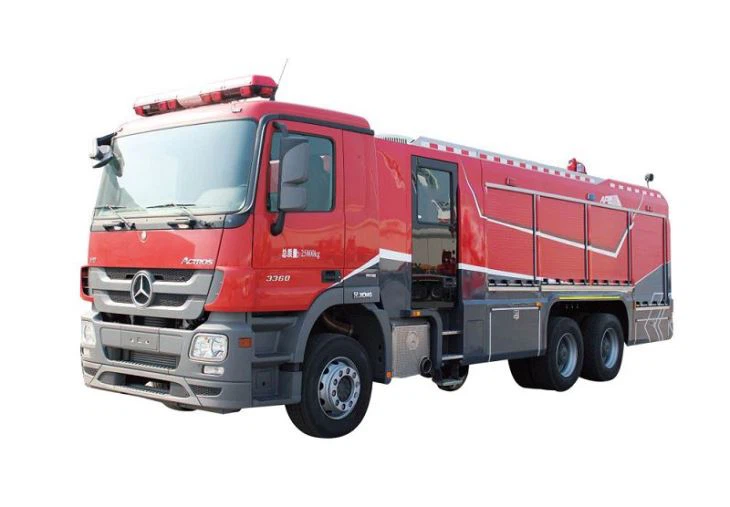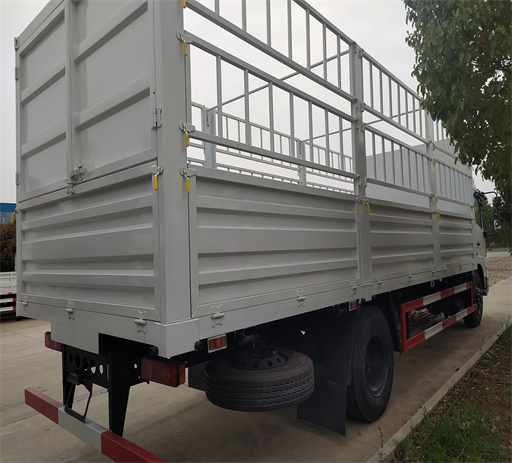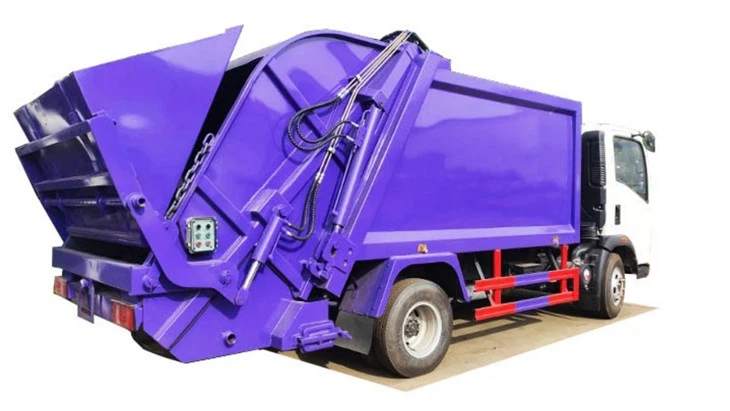Understanding Truckheads: The Backbone of the Freight Industry

The term “truckhead” refers to the front part of a truck, specifically the component that houses the driver’s cab and engine, and is often utilized in the context of heavy-duty commercial vehicles. Truckheads are critical for transporting goods across long distances, making them an essential element of the logistics and transport industry. In this article, we will explore truckheads in detail, focusing on their features, types, maintenance, innovations, and their impact on the transportation sector.
What is a Truckhead?
A truckhead, often referred to as a tractor unit, is a vehicle designed to pull a trailer. This configuration separates the cargo transport section (the trailer) from the vehicle’s driving component (the truckhead). Truckheads can vary greatly in size and power, depending on their intended use.

Key Components of Truckheads
Understanding the various components of a truckhead is essential for assessing its functionality and overall performance. Below are the core components:
- Engine: The heart of the truckhead, powering the vehicle and ensuring strong torque and hauling capabilities.
- Cab: The driver’s area, designed for comfort and visibility.
- Chassis: The frame that supports all vehicle components.
- Axles: Allow the truck to support weight and provide mobility.
- Suspension System: Ensures a smooth ride by absorbing shocks and vibrations.
- Transmission: Helps to shift gears for optimal performance and fuel efficiency.

Types of Truckheads
Truckheads come in various shapes and configurations, suited for different types of freight and logistics needs. Below are some common types:
1. Conventional Truckheads
These truckheads have a traditional layout with the engine in front of the cab. They are typically used for long-haul transport due to their aerodynamic design and driver comfort.
2. Cabover Truckheads
In cabover truckheads, the cab sits above the engine. This design maximizes cargo space and maneuverability, making them ideal for urban deliveries.
3. Heavy-Duty Truckheads
Designed to haul heavier loads, these truckheads feature robust engines and reinforced frames. They are commonly used in construction or mining industries.
4. Light-Duty Truckheads
Light-duty truckheads are smaller and more fuel-efficient, suitable for local deliveries and smaller freight tasks. They offer versatility while maintaining relatively high payload capacities.
Truckhead Maintenance Tips
Proper maintenance of truckheads is crucial for ensuring longevity and performance. Here are some key maintenance tips:
1. Regular Inspections
Conduct frequent inspections of the vehicle’s components, such as the brakes, tires, and fluid levels, to catch any issues early.
2. Oil Changes
Scheduling regular oil changes helps to keep the engine components lubricated and operating smoothly. Aim for every 5,000 to 10,000 miles, based on manufacturer recommendations.
3. Tire Care
Keep tires inflated to optimal levels to ensure maximum fuel efficiency and handling. Check for uneven wear patterns and rotate tires when necessary.
4. Cleaning
Regularly clean the truckhead to prevent corrosion and promote a professional appearance. Focus on areas where dirt accumulates, such as the engine compartment and the undercarriage.
5. Fluid Checks
Regularly check and top off essential fluids, including coolant, brake fluid, transmission fluid, and power steering fluid.
Innovations in Truckhead Technology
Technology is rapidly advancing in the trucking industry. Here are some of the latest innovations in truckhead design and performance:
1. Fuel Efficiency Improvements
Manufacturers are incorporating aerodynamic designs and lightweight materials to maximize fuel efficiency, reducing costs for transport companies.
2. Advanced Driver Assistance Systems (ADAS)
Many modern truckheads come equipped with ADAS features, such as lane-keeping assist, adaptive cruise control, and automatic emergency braking, enhancing safety for drivers on the road.
3. Electric and Hybrid Truckheads
The push toward sustainability has led to the development of electric and hybrid truckheads, reducing carbon emissions and operating costs.
4. Telematics and GPS Technology
Telematics systems provide real-time data about vehicle performance, location, and maintenance needs, allowing fleet managers to optimize logistics operations.
Truckhead Market Overview
Understanding the truckhead market can provide insights into future trends and opportunities in the transportation industry. Below is a breakdown of key market segments:
Market Size and Growth
The global truckhead market has witnessed steady growth due to increasing demand for freight transportation. According to industry experts, the market is expected to continue expanding, driven by e-commerce and infrastructure development.
Regional Insights
Regions such as North America, Europe, and Asia-Pacific are leading the truckhead market, with North America holding a significant share due to its extensive road network and logistics operations.
Challenges Faced
While the market is growing, several challenges exist, including fluctuating fuel prices, environmental regulations, and a shortage of qualified drivers.
Truckheads in Logistics and Freight Transportation
Truckheads play a pivotal role in various aspects of logistics and freight transportation:

1. Supply Chain Efficiency
Truckheads facilitate the movement of goods from suppliers to consumers, enhancing overall supply chain efficiency.
2. Cost Management
By optimizing routes and maintaining vehicles, trucking companies can manage costs more effectively, ensuring profitability in competitive markets.
3. Employment Opportunities
The trucking industry provides numerous job opportunities, from driving positions to logistics management roles, contributing significantly to the economy.
Train and Develop Truckhead Drivers
Training and preparing drivers for operating truckheads is essential in ensuring safety and efficiency on the road. Here are some effective training methods:
1. On-the-Job Training
Hands-on experience is invaluable. New drivers should undergo a comprehensive training program with experienced mentors.
2. Simulator Training
Using driving simulators can help new drivers familiarize themselves with truck operations in a controlled environment, enhancing their confidence and skills.
3. Safety Protocols
Teach drivers about safety protocols, including proper weight distribution, secure loading techniques, and emergency procedures.
Truckheads vs. Other Commercial Vehicles
When comparing truckheads to other commercial vehicles, it’s essential to know their benefits and drawbacks:
1. Versatility
Truckheads can haul a wide range of freight types, offering extensive versatility compared to smaller commercial vehicles.
2. Payload Capacity
Truckheads typically provide much higher payload capacities than lighter vehicles, making them suitable for large shipments.
3. Driver Comfort
Many truckheads include features that enhance driver comfort, such as spacious cabs and advanced climate control systems.
FAQ Section
What is the average lifespan of a truckhead?
A well-maintained truckhead can last between 10 to 15 years, depending on the model and usage conditions.
How much can a typical truckhead tow?
Most modern truckheads can tow anywhere from 20,000 to 80,000 pounds, depending on the engine size and configuration.
What are the common brands of truckheads?
Common truckhead brands include Freightliner, Kenworth, Volvo, Peterbilt, and Scania, known for their reliability and performance.
Are electric truckheads reliable for long-haul transport?
While electric truckheads are still developing, advancements in battery technology are enhancing their range and reliability for long-haul transport.
What should I consider when purchasing a truckhead?
Factors to consider include engine power, fuel efficiency, payload capacity, maintenance costs, and brand reputation.
How do I find the right truckhead for my business?
Conducting needs assessments, analyzing your freight types, and consulting with industry experts will help determine the best truckhead options for your business.
